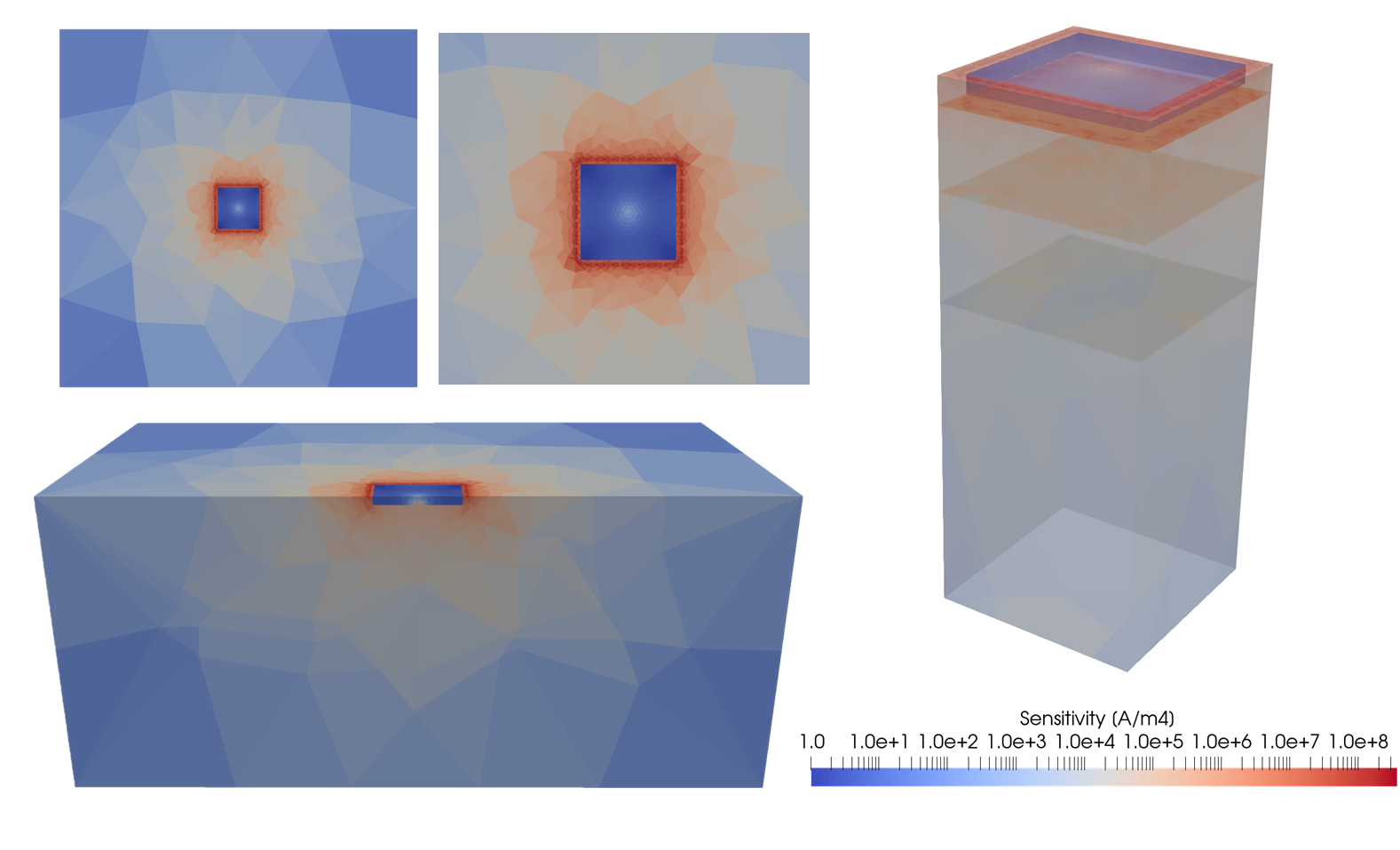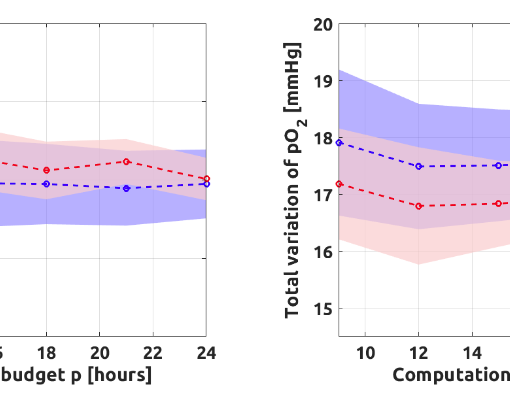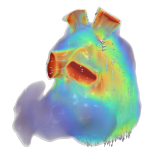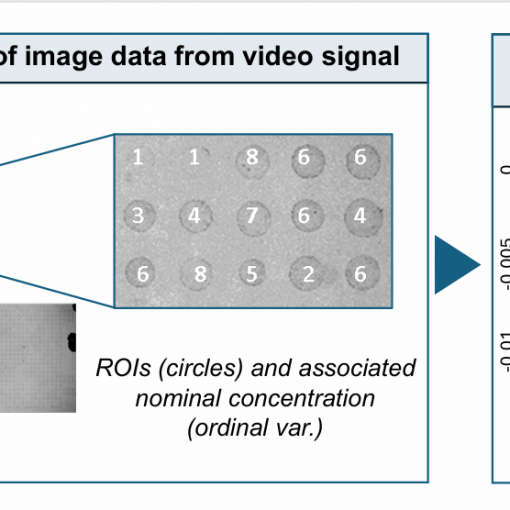A new MOX Report entitled “Sensitivity analysis with a 3D mixed-dimensional code for DC geoelectrical investigations of landfills: synthetic tests” by Panzeri, L.; Fumagalli, A.; Longoni, L.; Papini, M.; Diego, A. has appeared in the MOX Report Collection. Check it out here: https://www.mate.polimi.it/biblioteca/add/qmox/70-2024.pdf Abstract: Electrical resistivity tomography is a suitable technique for non-invasive monitoring of municipal solid waste landfills, but accurate sensitivity analysis is necessary to evaluate the effectiveness and reliability of geoelectrical investigations and to properly design data acquisition. Commonly, a thin high-resistivity membrane in placed underneath the waste to prevent leachate leakage. In the construction of a numerical framework for sensitivity computation, taking into account the actual dimensions of the electrodes and, in particular, of the membrane, can lead to extremely high computational costs. In this work, we present a novel approach for numerically computing sensitivity effectively by adopting a mixed-dimensional framework, where the membrane is approximated as a 2D object and the electrodes as 1D objects. The code is first validated against analytical expressions for simple 4-electrode arrays and a homogeneous medium. It is then teste! d in simp lified landfill models, where a 2D box-shaped liner separates the landfill body from the surrounding media, and 48 electrodes are used. The results show that electrodes arranged linearly along both sides of the perimeter edges of the box-shaped liner are promising for detecting liner damage, with sensitivity increasing by 2-3 orders of magnitude, even for damage as small as one-sixth of the electrode spacing in diameter. Good results are also obtained when simulating an electrical connection between the landfill and the surrounding media that is not due to liner damage. The next steps involve evaluating the minimum number of configurations needed to achieve suitable sensitivity with a manageable field effort and validating the modeling results with downscaled laboratory tests.
You may also like
A new MOX Report entitled “Deep learning enhanced cost-aware multi-fidelity uncertainty quantification of a computational model for radiotherapy” by Vitullo, P.; Franco, […]
A new MOX Report entitled “EKF-SINDy: Empowering the extended Kalman filter with sparse identification of nonlinear dynamics” by Rosafalco, L.; Conti, P.; […]
A new MOX Report entitled “A comprehensive stroke risk assessment by combining atrial computational fluid dynamics simulations and functional patient data” by […]
A new MOX Report entitled “Functional-Ordinal Canonical Correlation Analysis With Application to Data from Optical Sensors” by Patanè, G.; Nicolussi, F.; Krauth, […]





